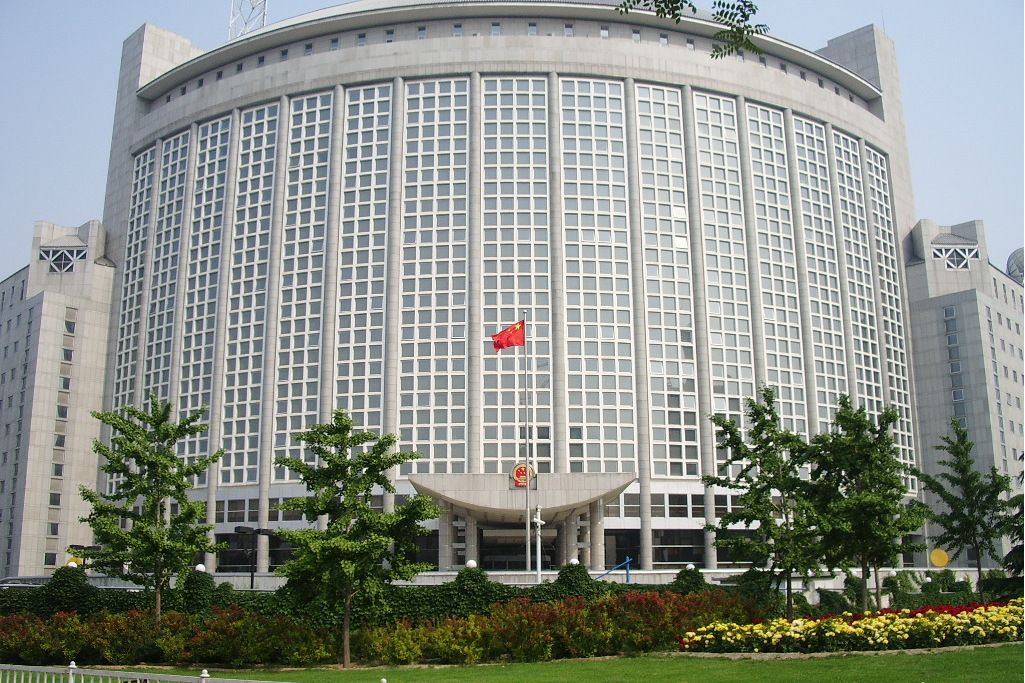
On 5 June 2025, China’s Supreme People’s Court (SPC) released five typical cases of environmental and resource trials, launched alongside the “Annual Report on Environmental and Resource Adjudication in China (2024)” (中国环境资源审判(2024), hereinafter the “Report”).
Among them, the case of Changxing County Agriculture and Rural Affairs Bureau v. X Village Cooperative marked the first application of a judicial injunction to protect a newly discovered species. The case took place in Changxing County, Zhejiang Province, where a local cooperative constructed works merely ten meters away from the growth site of the new species, “Changxing Isoetes”. Dust and human activities posed a direct threat to the endangered species. The court promptly issued an injunction to halt the project and facilitated the implementation of an ecological protection project, preventing irreversible damage to this newly recorded global species.
This batch includes five typical cases, which collectively demonstrate three major aspects of China’s environmental justice, namely severely punishing crimes that endanger public safety, such as environmental protection data fraud and the illegal dumping of hazardous waste; strengthening preventive protection of ecosystems; and promoting ecological environment restoration.
The SPC Report also shows that in 2024, Chinese courts concluded 219,000 first-instance environmental resources cases, 4,168 environmental public interest litigations, and 246 ecological damage compensation cases, with compensation amounts reaching CNY 9.6 billion, an 87.5% year-on-year increase. These efforts indicate that China is strengthening environmental protection and biodiversity maintenance through judicial means.
Photo by manos koutras on Unsplash
Contributors: CJO Staff Contributors Team





